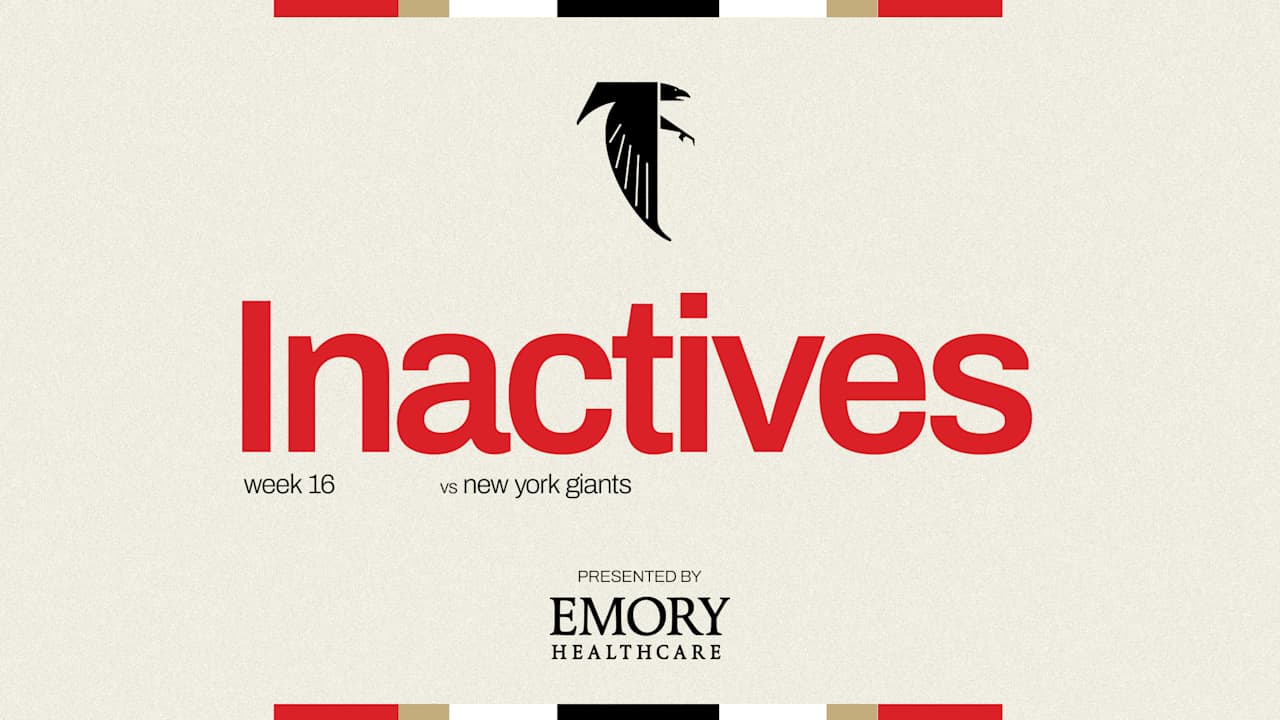Bussiness
Gov. Hochul Ponders a Relaxation of Goals Under New York’s Landmark Climate Law – Inside Climate News

This article previously appeared in WaterFront.
ALBANY, N.Y.—After state officials admitted last month that New York State will likely miss a key deadline required by its ambitious 2019 climate law, business groups have seized the moment to lobby Gov. Kathy Hochul to relax the law’s basic mandates.
And Hochul sounds receptive to the idea.
“The costs have gone up so much I now have to say, ‘What is the cost on the typical New York family?’” the governor said in a recent TV interview. “The goals are still worthy. But we have to think about the collateral damage of these decisions. Either mitigate them or rethink them.”
The five-year-old Climate Leadership and Community Protection Act (CLCPA), enacted by a Democrat-controlled Legislature under former Gov. Andrew Cuomo, seeks to slash the state’s greenhouse gas emissions that fuel climate change. It requires the state obtain 70 percent of its electricity from renewable energy sources by 2030.
But that’s not going to happen, the state Public Service Commission (PSC) admitted in a draft report July 1. That 70 percent renewables target will not be met before 2033, it said.
Two weeks later, State Comptroller Thomas DiNapoli released a blistering audit that criticized the PSC and the New York State Energy Research and Development Authority (NYSERDA) for using outdated data in required CLCPA projections. It also said the PSC had failed to estimate the costs of the transition to renewables or to specify ways to cover those costs beyond loading them on ratepayers.
Then on July 24, the New York Independent System Operator (NYISO), which runs the state’s electric grid, warned of rising risks of blackouts in the middle of the next decade unless substantial new generation comes online.
The three reports have emboldened long-time opponents of CLCPA, like the Business Council of New York State and state Sen. Tom O’Mara (R-Big Flats). They want to go beyond pushing back CLCPA deadlines. They hope to rewrite the law itself, targeting mandates to electrify buildings, passenger vehicles and school buses.
“We are now at a point where implementation challenges call for a reassessment of the underlying statutory mandates,” the Business Council said July 30 while releasing a letter to Hochul signed by 60 business, fossil fuel, labor, farming and small business groups.
In the Finger Lakes, O’Mara weighed in with an op-ed that dismissed CLCPA as a “utopian” plan that never should have passed without a serious cost-benefit analysis.
“The governor, her energy czars, and a Democrat-led state Legislature have been moving fast and furious to impose one of the world’s most radical climate agendas on every citizen … These actions come with a devastating price tag and consequences,” he wrote in The Odessa File, a website in Schuyler County.
O’Mara and other Republicans in the state Senate had blocked CLCPA for several years before they lost their Senate majority to the Democrats in the 2018 election. That cost O’Mara the chairmanship of the Senate Committee on Environmental Conservation and opened the door for Democrats to pass CLCPA, which O’Mara and every other Finger Lakes Republican voted against.
Now O’Mara calls for a “full cost-benefit analysis of New York eliminating its 0.4 percent of global emissions.
“While I fully support efforts to lower emissions,” he wrote, “it must be done in a responsible manner that will actually make a difference on climate. If that answer is nil, which I believe it will be, we should focus our resources toward resiliency on the effects of climate change.”
Robert Howarth, a Cornell University climate scientist, takes a different view.
“I am appalled at this pushback against the CLCPA by business interests pushing their short-sighted agenda,” Howarth told WaterFront. “Climate change is very real. The consequences of climate disruption (floods, droughts, fires, crop failures) are becoming increasingly obvious to all.
“The political leaders of NY understood these dangers when they drafted the CLCPA and its predecessor beginning in 2015…. Due to political delay, we may miss CLCPA targets by a few years. But the needed trajectory remains clear.”
Howarth sits on the state’s Climate Action Council, which passed a plan to implement CLCPA in December 2022 (by a vote of 19-3). The council had determined that “it was entirely possible and reasonable to meet the CLCPA goals and targets … that would benefit individual homeowners,” Howarth said.
Furthermore, the successful implementation of CLCPA would set an example to the world by showing “that a globally important economy could thrive while addressing the climate crisis and moving away from fossil fuels,” he added.
But the council hasn’t met for many months. “The state simply has not seen adequate political leadership to move ahead with the CLCPA goals and the council’s plan,” he said.
Howarth has been a leading voice globally in highlighting methane’s role as a potent and long-underestimated greenhouse gas—and in the key part that fracking for oil and gas plays in releasing methane into the atmosphere.
In 2021 he wrote that the increase in fracking-driven U.S. shale gas production made up almost two-thirds of the global increase in natural gas production. GHG emissions from shale in North America have probably caused 40 percent of the total global increase in atmospheric methane from all sources, he added.
In March, the Wall Street Journal reported that Howarth said fracking-driven exports of liquefied natural gas from the U.S. were so bad for the climate that ending the use of LNG should be a global priority. The research influenced President Biden’s decision in January to pause approval of LNG exports, the WSJ said.
Last month, the Environmental Defense Fund reported that satellite measurements show that oil and gas producers in the U.S. are emitting four times more methane than the U.S. Environmental Protection Agency has estimated.
Others share Howarth’s concerns about calls to back off CLCPA mandates and the governor’s apparent willingness to consider that option.
“The passage of time does not change the law and it doesn’t make the climate crisis magically disappear,” state Sen. Liz Krueger, chair of the Senate Finance Committee, posted on X (formerly Twitter) after Hochul’s TV interview was aired July 18. “We are dangerously behind on the science-based mandates in CLCPA. It’s time to redouble our efforts, and build a more affordable, healthier, livable future for New Yorkers.”
Speaking on the Albany Times-Union’s TV program Capital Confidential with Dan Clark, Hochul called herself a “staunch environmentalist” who is “hard core committed to protecting the environment.”
She explained that she’d grown up in Buffalo, where smokestack emissions turned the sky orange. Lake Erie was highly polluted and Love Canal was just down the road. “We were breathing the air, we were swimming in the lake, we were eating fish on Fridays (from) that lake,” she said.
The CLCPA, Hochul noted, was enacted in 2019, more than two years before she succeeded Cuomo as governor in August 2021. “They came up with the plan and the goals based on information at that time … pre-pandemic, pre-supply chain disruptions that have hurt everything from building off-shore wind to transition lines.”
Not everything has gone according to plan.
- Project cancellations. Between 2005 and 2023, 12 percent of the state’s large-scale renewable energy projects have been canceled. Pending large wind and solar energy projects face mounting public opposition.
- Electric vehicle stall-out. A state rule bans the sale of cars, pickups or SUVs that aren’t zero-emission by 2035. But that transition to electric vehicles is flagging because “the public’s not there yet,” Hochul said, referring to the willingness to buy electric. She acknowledged that it’s on the state to see that more EV charging stations are built.
- Rising energy needs. Major new demands on the state’s electric grid have emerged, notably Micron’s plans for a giant semiconductor plant near Syracuse.
So the costs to achieve CLCPA’s mandates are both rising and uncertain.
“I can’t do things without knowing the cost on consumers in either educating them that they believe this is the way to go because it’s good for the future … or making it go just a little bit slower,” the governor said.
This story is funded by readers like you.
Our nonprofit newsroom provides award-winning climate coverage free of charge and advertising. We rely on donations from readers like you to keep going. Please donate now to support our work.
Last year Hochul showed a willingness to lighten the load polluters face in strictly complying with CLCPA mandates.
She backed a bid to switch the way the state counts methane emissions to a globally accepted method used by the federal government and many other states. The proposal would have extended from 20 to 100 years the period over which methane emissions are counted, dramatically diluting their near-term impact—and potentially saving polluters billions of dollars in compliance costs.
The Business Council and fossil fuels companies promoted the change. The Climate Action Council’s co-chairs—Hochul Administration heavyweights Basil Seggos, then-commissioner of the Department of Environmental Conservation, and Doreen Harris, CEO of the New York State Energy Research and Development Authority—posted an op-ed that backtracked on the Climate Action Council’s established method of counting.
But fierce backlash from environmental advocates, who called it an “accounting trick,” forced Hochul to withdraw her support for the change.
In its July 30 letter to Hochul, the Business Council once again called for the accounting change she was forced to reject last Spring.
The letter also takes aim at the Climate Leadership and Community Protection Act’s mandate to cut the state’s greenhouse gas emissions by 40 percent from 1990 levels by 2030. To achieve that, the state would need a 30 percent reduction between 2025 and 2030, a tall order.
If it fails—which seems likely based on proposed cap-and invest program rules—businesses and factories could face penalties and factories could be forced to slow down.
“This outcome,” the letter says, “would be counter to the state’s economic development efforts aimed at attracting chip fabs, hydrogen, Al, and other key industries to the state.”
O’Mara, the Finger Lakes senator, argues that the comptroller’s report undergirds the call for a sweeping reassessment of the Climate Leadership and Community Protection Act’s mandates.
The audit slams the PSC for using outdated data and for relying on incorrect calculations in its CLCPA-required updates on implementation. For example, it said the PSC did not update calculations based on new laws and directives certain to boost demand for renewably-powered grid energy, including electric vehicles, new green buildings and electric heating and cooling.
The audit also criticized the PSC for failing to flesh out the costs of CLCPA implementation or to explain who would pay.
“The absence of cost estimates … makes it difficult, if not impossible, to assess its impact on New Yorkers, including those who are currently struggling to pay their utility bills and who have faced rising costs over the past two decades,” the audit says.
The PSC and the New York State Energy Research and Development Authority pushed back in formal comments on the audit, and the comptroller responded to their comments.
In summary, O’Mara says the current CLCPA strategy is not “reasonable or achievable… It lacks critical foresight, and it unreasonably risks energy grid reliability and affordability.”
NY Focus, a nonprofit newsroom that probes New York State politics, anticipated last month’s dire reports from the PSC, the comptroller and NYISO. Its detailed analysis of the state’s failure to meet CLCPA deadlines, published in June, included a chart documenting those shortcomings.
The report also quoted experts, including Julie Tighe, president of the New York League of Conservation Voters and a leading candidate to succeed Seggos as commissioner of the DEC.
“Sometimes the Legislature sets very ambitious deadlines that don’t align with the timeframe it takes to develop rules,” Tighe said.
About This Story
Perhaps you noticed: This story, like all the news we publish, is free to read. That’s because Inside Climate News is a 501c3 nonprofit organization. We do not charge a subscription fee, lock our news behind a paywall, or clutter our website with ads. We make our news on climate and the environment freely available to you and anyone who wants it.
That’s not all. We also share our news for free with scores of other media organizations around the country. Many of them can’t afford to do environmental journalism of their own. We’ve built bureaus from coast to coast to report local stories, collaborate with local newsrooms and co-publish articles so that this vital work is shared as widely as possible.
Two of us launched ICN in 2007. Six years later we earned a Pulitzer Prize for National Reporting, and now we run the oldest and largest dedicated climate newsroom in the nation. We tell the story in all its complexity. We hold polluters accountable. We expose environmental injustice. We debunk misinformation. We scrutinize solutions and inspire action.
Donations from readers like you fund every aspect of what we do. If you don’t already, will you support our ongoing work, our reporting on the biggest crisis facing our planet, and help us reach even more readers in more places?
Please take a moment to make a tax-deductible donation. Every one of them makes a difference.
Thank you,












